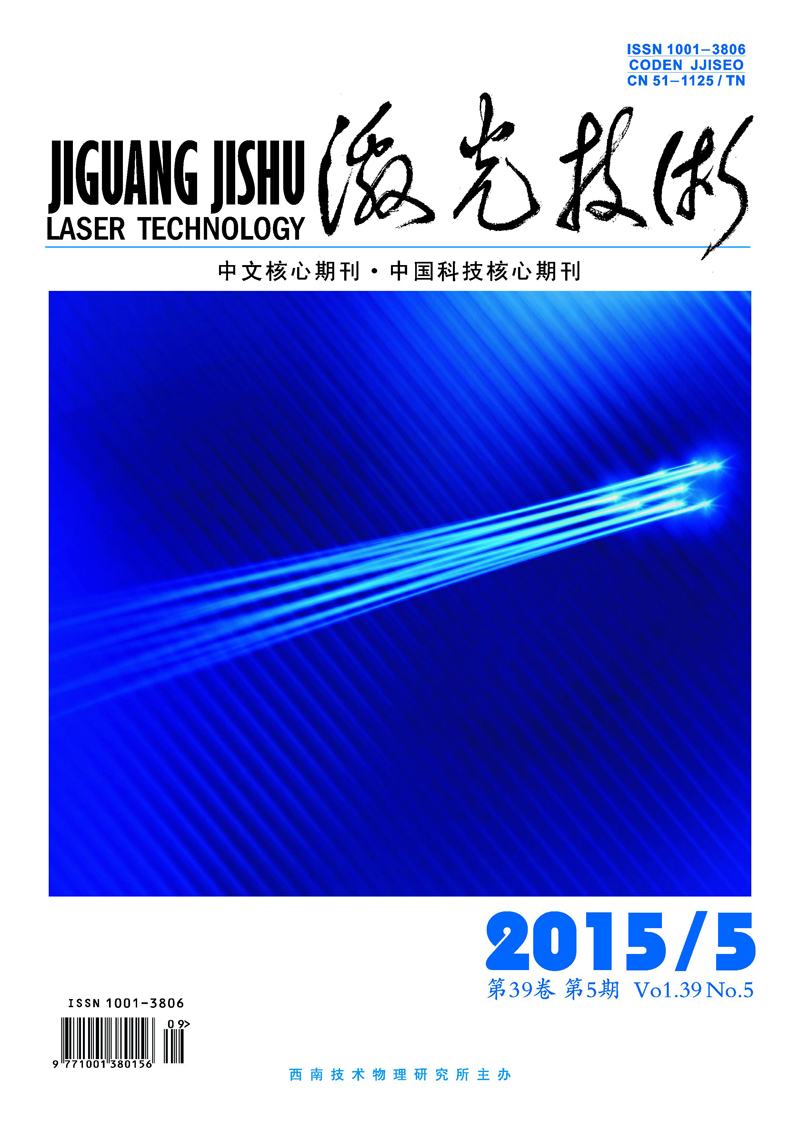|
[1]
|
EDA G, NATHAN A, WOBKENBERG P, et al.Graphene oxide gate dielectric for graphene-based monolithic field effect transistors[J]. Applied Physics Letters, 2013, 102(13): 133108. |
|
[2]
|
REN W C, GAO L B, MA L P, et al. Preparation of graphene by chemical vapor deposition[J].New Carbon Materials, 2011,26(1):71-80(in Chinese). |
|
[3]
|
FERRARI A C, BASKO D M. Raman spectroscopy as a versatile tool for studying the properties of graphene[J]. Nature Nanotechnology, 2013, 8(4): 235-246. |
|
[4]
|
PINER R, LI H, KONG X, et al. Graphene synthesis via magnetic inductive heating of copper substrates[J]. American Chemical Society Nano, 2013, 7(9): 7495-7499. |
|
[5]
|
KIM T Y, JUNG G, YOO S, et al. Activated graphene-based carbons as supercapacitorelectrodes with macro-and mesopores[J]. American Chemical Society Nano, 2013, 7(8): 6899-6905. |
|
[6]
|
GEORGIOU T, JALIL R, BELLE B D, et al. Vertical field-effect transistor based on graphene-WS2 heterostructures for flexible and transparent electronics[J]. Nature Nanotechnology, 2013, 8(2): 100-103. |
|
[7]
|
KUILA T, MISHRA A K, KHANRA P, et al. Recent advances in the efficient reduction of graphene oxide and its application as energy storage electrode materials[J]. Nanoscale, 2013, 5(1): 52-71. |
|
[8]
|
NOVOSELOV K S, GEIM A K, MORZOV S V, et al. Electric field effect in atomically thin carbon films[J]. Science, 2004, 306(5696): 666-669. |
|
[9]
|
SHEN B, LU D, ZHAI W, et al. Synthesis of graphene by low-temperature exfoliation and reduction of graphite oxide under ambient atmosphere[J]. Journal of Materials Chemistry, 2013, 1(1): 50-53. |
|
[10]
|
KORKUT H, KORKUT T. Evaluation of 500keV proton irradiation of bilayer graphene on SiC by the use of SRIM code, a Monte Carlo simulation method for stopping and range of ions in matter[J]. Journal of Radioanalytical and Nuclear Chemistry, 2014, 299(1): 13-17. |
|
[11]
|
MA L P, REN W C, DONG Z L, et al. Progress of graphene growth on copper by chemical vapor deposition:growth behavior and controlled synthesis[J]. Chinese Science Bullection, 2012, 57(23):2158-2163(in Chinese). |
|
[12]
|
EL-KADY M F, KANER R B. Direct laser writing of graphene electronics[J]. American Chemical Society Nano, 2014, 8(9): 8725-8729. |
|
[13]
|
HOSOYA N, TANIMURA M, TACHIBANA M. Effect of laser irradiation on few-layer graphene in air probed by Raman spectroscopy[J]. Transactions of the Materials Research Society of Japan, 2013, 38(4): 579-583. |
|
[14]
|
PARK J B, XIONG W, GAO Y, et al. Fast growth of graphene patterns by laser direct writing[J]. Applied Physics Letters,2011, 98(12): 123109. |
|
[15]
|
CHEN Y J, GUO Z N, LIAN H S.Finite element simulation and experimental study about laser micro-joining between biopolymer and metal[J].Laser Technology, 2013, 37(6):760-765(in Chinese). |
|
[16]
|
SU Y X. Heat transfer[M]. Wuhan: Huazhong University of Science and Technology Press, 2009:39-44(in Chinese). |
|
[17]
|
LI X, CAI W, COLOMBO L, et al. Evolution of graphene growth on Ni and Cu by carbon isotope labeling[J]. Nano Letters, 2009, 9(12): 4268-4272. |
|
[18]
|
FAN D L, XU Y M, DONG X H. Heat treatment engineer manual[M].3th ed.Beijing: Mechanical Industry Press, 2011:102-136(in Chinese). |
|
[19]
|
LI S L,YE Y K. Development of femtosecond laser direct writing waveguides in transparent optical materials[J].Laser Technology,2012,36(6):783-787(in Chinese). |

 Map
Map



 DownLoad:
DownLoad: